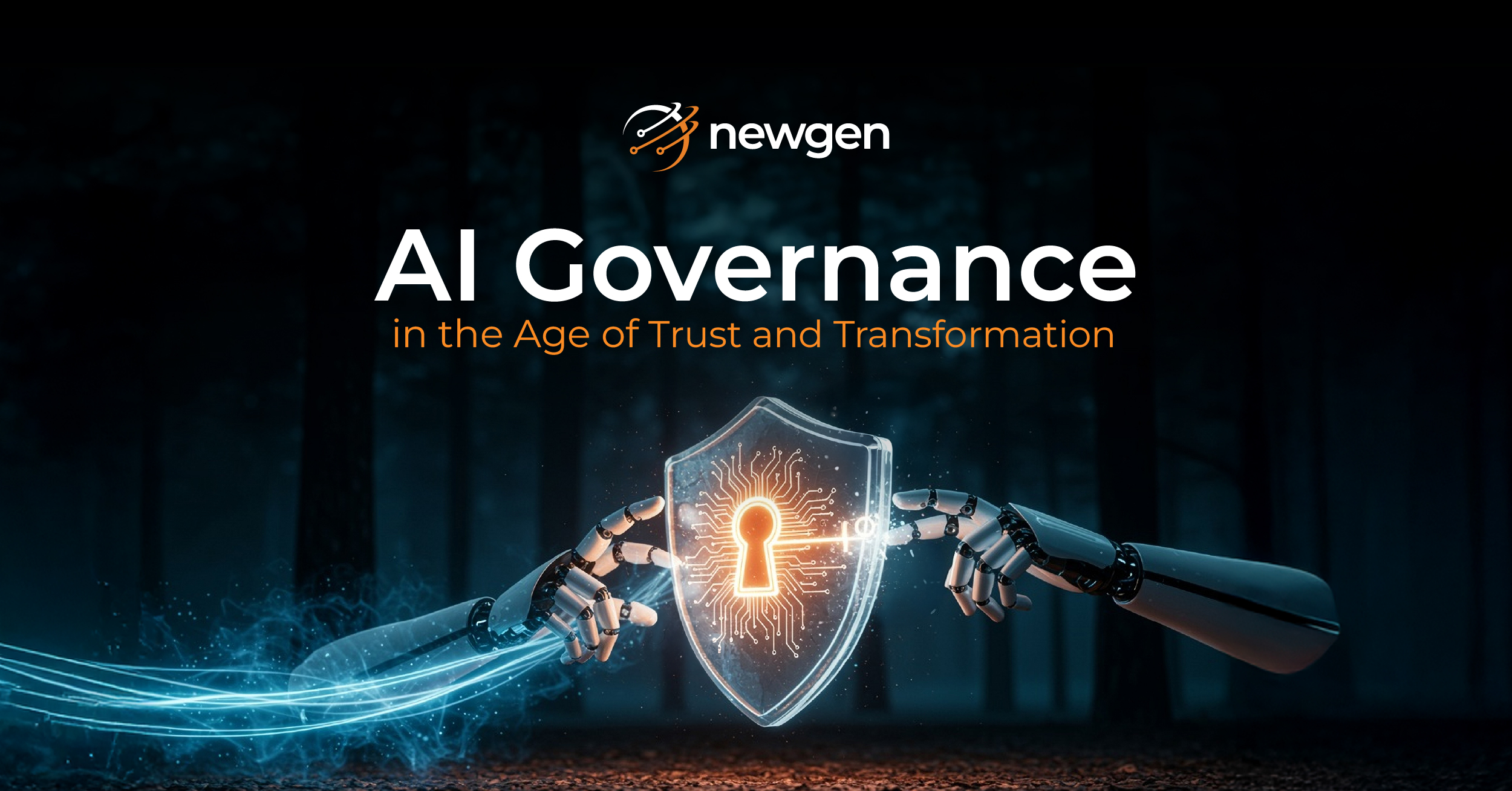Robotic process automation (RPA) is rather exciting in a company’s digital transformation journey. Robotic process automation utilizes a set of automation technologies to handle repetitive and mundane human tasks. The software emerged in the early 2000s and, since then, has become one of the most effective tools for businesses to maximize their process efficiency. COVID-19 has only accelerated enterprises’ interest in robotic process automation to digitally power their key business processes. Gartner projected global RPA revenue will reach nearly $1.89 billion in 2021 and is expected to grow into double digits by 2024.
Unparallel Advantages of Robotic Process Automation
If we look at RPA very closely, it is more than just hype. It solves many common problems for companies of all sizes. RPA is a boon to tackle challenges such as low process visibility, inefficient manual tasks, and poor exception handling, to name a few. By leveraging RPA, organizations have experienced significant positive outcomes, including increased efficiency, higher accuracy, better security, and frees the bandwidth of knowledge workers.
Discover the Core Capabilities of Robotic Process Automation
Various use cases need different types of RPA bots, making it necessary for firms to ensure that their RPA initiatives are founded on a clear strategy and good governance. Some of the fundamental capabilities of robotic process automation system include:
Bot Scripting
Bot scripters can allow firms to easily create bot conversations and perform web/desktop automation. This allows seamless integration with commercial and open-source bots. Cognitive bots provide an additional AI edge to process automation.
Bot Process Designer
A bot process designer can allow firms to configure and manage bots, organizations can study existing processes and develop roadmaps for RPA integrations into the right processes. A bot process designer helps configure exceptions, alerts, business rules, and more. It empowers business users to easily identify, measure, and resolves bottlenecks. The capability can provide instant access to information and enhance turnaround time.
Robot Control Center
The bot control center provides workload management, actionable process analytics, and bot deployment in multiple environments, which can increase operational efficiency and decrease errors. The control center allows firms to monitor and manage robotic agents in real-time.
RPA will continue to play a significant role across a range of industries from shared services, insurance, banking to healthcare, and more. Robotic process automation can deliver value to organizations, but it is important for firms to leverage the tool strategically with business process management software (BPM). Firms have to be careful of not falling into a data rabbit hole with their RPA initiatives by viewing RPA as a part of the solution as not an end in itself.
You might be interested in




